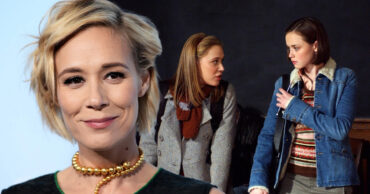The Stand is a dark fantasy novel written by Stephen King. It was first published in 1978, with a longer version published in 1990 as The Stand: The Complete and Uncut Edition. Stephen King has admitted that because it contained a large number of characters and storylines, the book was difficult to write.
The novel is set in a post-apocalyptic world and is one of King’s most ambitious works. It explores various themes and was inspired by The Lord of the Rings. The Stand is known for its complex characters, intricate plot, and the exploration of the dilemmas faced by its characters.
What Is Stephen King’s The Stand About?
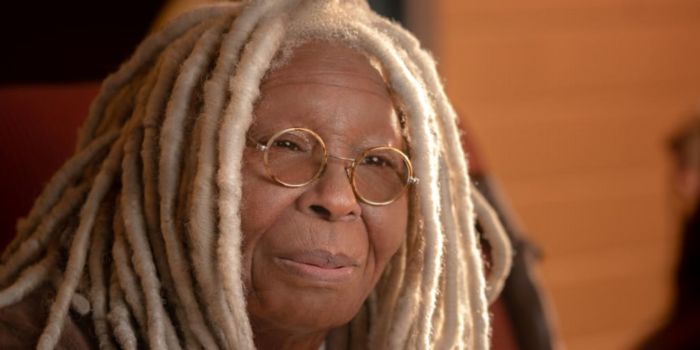
When it was first published in 1978, the story was set in 1980, but The Stand: The Complete and Uncut Edition sets the story in 1991. The novel is set in a world where a deadly influenza virus known as “Captain Tripps” has wiped out most of the population, leaving only a small number of survivors. The virus is set loose after a man and his family escape from a biological weapons facility after an accident, carrying the deadly virus with them.
In the aftermath of the pandemic, the few surviving humans are gathered into factions that are each led by a personification of good and evil. The story revolves around two groups separately trying to rebuild society, while also in direct conflict until one must destroy the other. In an intertwining of various characters, the survivors of the viral pandemic choose between following an elderly black woman called Abagail Freemantle to Boulder, Colorado, or following Randall Flagg, a personification of evil, also known as the dark man who has set up his command post in Las Vegas.
The Story Features Several Dynamic Characters
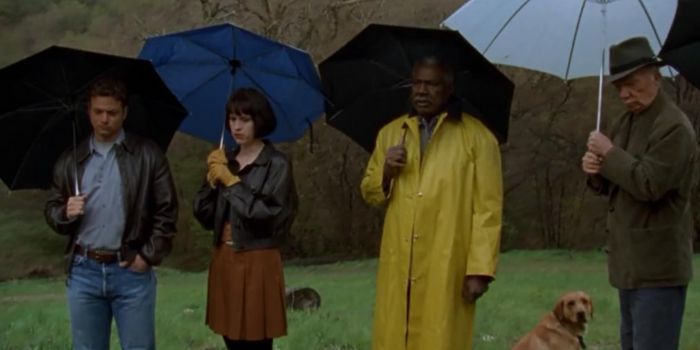
The Stand is known for its rich character development, and many of the characters have unique arcs within the story. Stu Redman is the novel’s primary protagonist. He is a resident of Texas who had been taken to a facility to be studied and is proven to be the only one there immune to the virus. He is honest and resourceful and often serves as the moral compass of the group.
Frannie Goldsmith is another central character in the story. A strong-willed and intelligent character, she becomes pregnant early in the novel, which adds a layer of complexity to her character as she navigates the dangers of the post-apocalyptic world while protecting her unborn child. Abagail Freemantle, also known as Mother Abigail, is the overarching protagonist of the story. Her character provides the survivors with a sense of purpose and guidance.
The main antagonist of the novel is Randall Flagg a dark and demonic figure. He is charismatic, manipulative, and seemingly immortal. Flagg sets up a community of evil that rivals Stu and his group. Flagg embodies the concept of evil in the story and also appears in other Stephen King novels.
Larry Underwood is a musician who is initially selfish and self-centred, but he undergoes significant character development to become more responsible and reliable. On the other hand, Harold Lauder starts as an insecure and socially awkward teenager and becomes a complex character as he joins Flagg and transforms into a more sinister figure. Nick Andros is a deaf-mute character who becomes one of the key leaders in the group of survivors. His disability does not limit his contributions to the group.
Differences Between The Book And Screen Adaptations
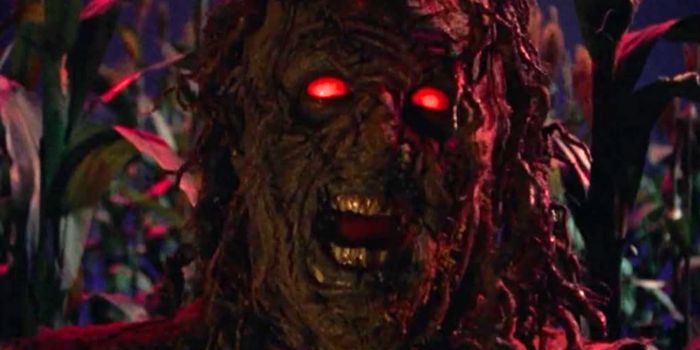
Because he did not trust anybody else with the project, Stephen King had planned a film with himself as the writer and George Romero as the director. However, The Stand has gone on to have two screen adaptations, The Stand (1994) and The Stand (2020). Both adaptations were television miniseries.
The Stand (1994), also known as Stephen King’s The Stand, is an ABC miniseries. The screenplay was written by King and it was directed by Mick Garris. It was very faithful to the book and was released to largely positive reviews. It won two Primetime Emmy Awards, from six nominations.
The Stand (2020) is a limited series that aired on CBS All Access, which is now known as Paramount+. Running for 9 episodes, it provides a modern take on the novel and includes a new final episode that was co-written by King’s son, Owen King. The series received a mixed response from critics.
Themes and Motifs In The Stand
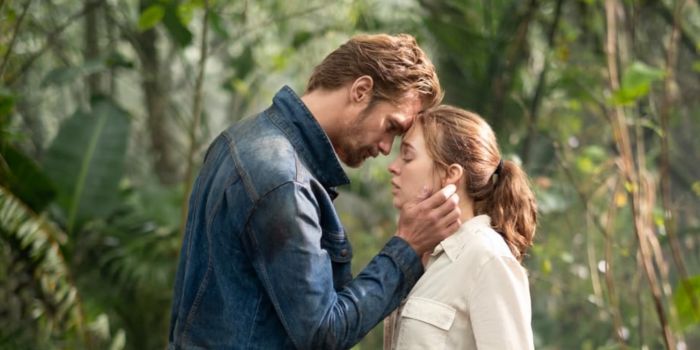
The novel is also famous for its exploration of several themes. The central theme it explores is the age-old battle between good and evil, which is personified by the battle between Abagail Freemantle and Randall Flagg. As it’s set in a post-apocalyptic world, it also has themes centred around survival.
With survival acting as a backdrop, the fragility of human-made systems acts as another theme. The survivors of the pandemic have to adapt, scavenge for resources, and build up new systems. The story also addresses themes of redemption, as several characters undergo a redemption arc over the course of the story.
Cultural Impact of The Book
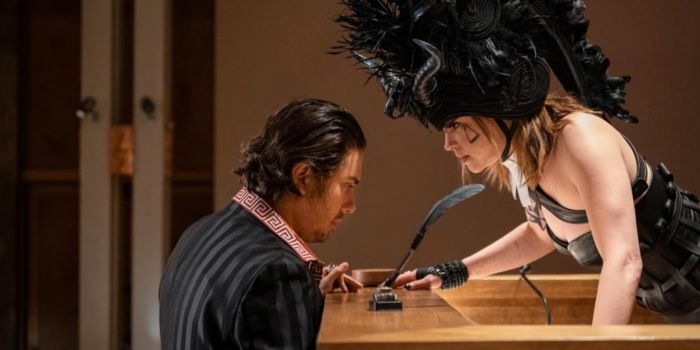
Stephen King’s The Stand has had a significant cultural impact since its release, influencing various forms of media and pop culture. It has also sparked discussions on its themes and characters. It is regarded as a seminal work in the post-apocalyptic genre.
Years after its release, it has also been criticized for some of its more problematic aspects in retrospect. The Stand has been highlighted as a story with the example of the “Magical Negro” stereotype because of the portrayal of Abagail Freemantle. This was a term popularized by Spike Lee.
 Follow Us
Follow Us




